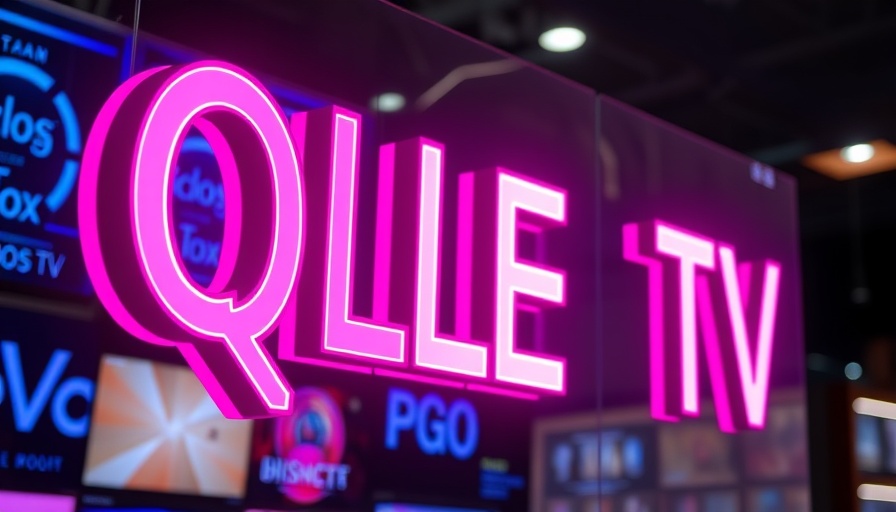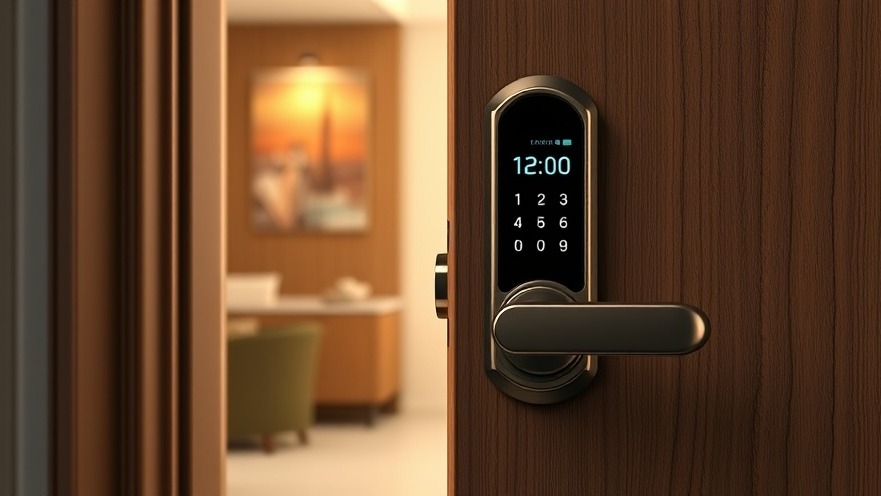
Your Next TV Might Cost Less
Great news for families in the Hampton Roads area! Samsung is on the verge of breaking new ground in the television market by working on a way to make QLED TVs more affordable without compromising quality. The key to this transformation lies in the quantum dot layer, a critical element responsible for enhancing color vibrancy in QLED displays.
What Makes QLED Look So Good?
QLED TVs are renowned for their stunning visual performance, predominantly due to the quantum dot sheet that resides atop the conventional LCD screen. This innovative layer filters and amplifies light, allowing colors to appear more true-to-life. The tiny crystals in this layer emit a vibrant glow when illuminated, providing viewers with the clarity and richness that distinguish QLEDs from basic LED televisions.
Hidden Costs Inside the Screen
Interestingly, the most significant expense associated with a QLED TV isn't just the screen itself; it actually stems from the protective film layers encasing the quantum dot sheet. These thin layers, designed to safeguard against moisture and oxygen, account for a staggering 40% of the overall cost of this component. Given that Samsung manufactures millions of TVs, cutting costs could dramatically alter the pricing landscape and ultimately benefit consumers.
Cutting Layers, Not Corners
In a remarkable partnership with Hansol Chemical, Samsung has re-engineered the quantum dot design to feature only three layers instead of five. This streamlined approach, which eliminates the need for the protective films, retains the performance level of the display while significantly reducing production costs. By simplifying the design, Samsung has effectively found a way to maintain quality without inflating prices.
Price Drop or Feature Boost?
Even as manufacturing costs are lowered, it doesn't necessarily mean that consumer prices will automatically decrease. Samsung might opt to channel those savings into enhancing other aspects of their TVs. This could mean improved sound systems, brighter screens, or faster processors. Therefore, even if the price remains the same, consumers could potentially benefit from a better overall experience, reinforcing the allure of investing in QLED technology.
It's Not in Stores Yet
For those eager to purchase a more affordable QLED TV, patience is key. Although this cost-saving design is in the works, Samsung has yet to announce a timeline for when these new models will hit the market. Mass production and distribution involve comprehensive testing and logistics, so while this development is promising, consumers will need to hold off for a while longer before enjoying these exciting advancements.
In conclusion, the potential for more affordable QLED TVs thanks to Samsung's innovative design is an encouraging sign for tech-savvy consumers, especially those looking to enhance their home entertainment systems. While we may not see these changes immediately, keeping an eye on Samsung's upcoming products could lead to exciting developments in home technology.
As you ponder these advancements, consider how new tech can elevate your home's emotional and aesthetic environment. What role does your home entertainment system play in your interior design philosophy? Stay connected for more insights!



Write A Comment